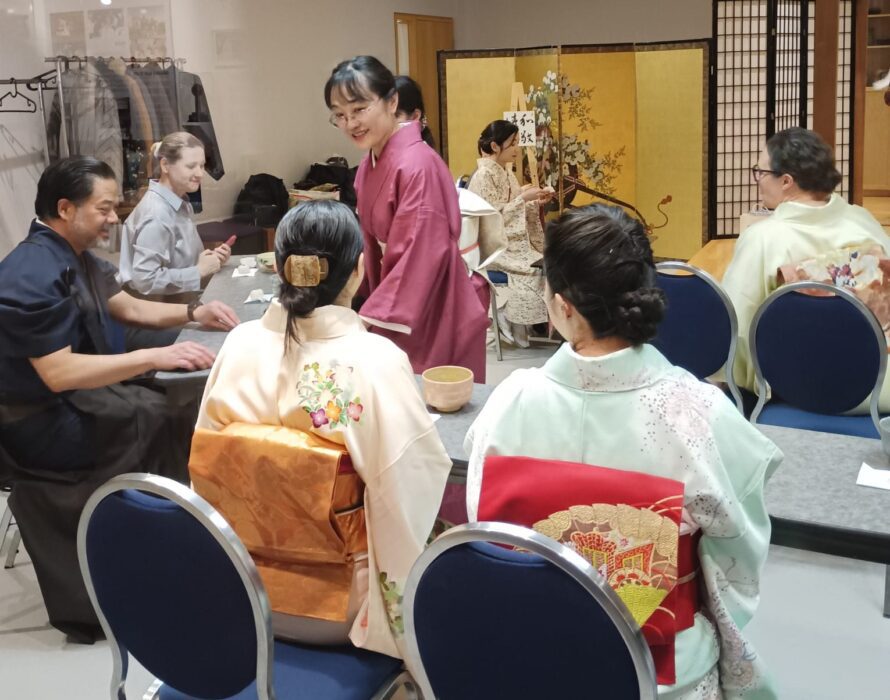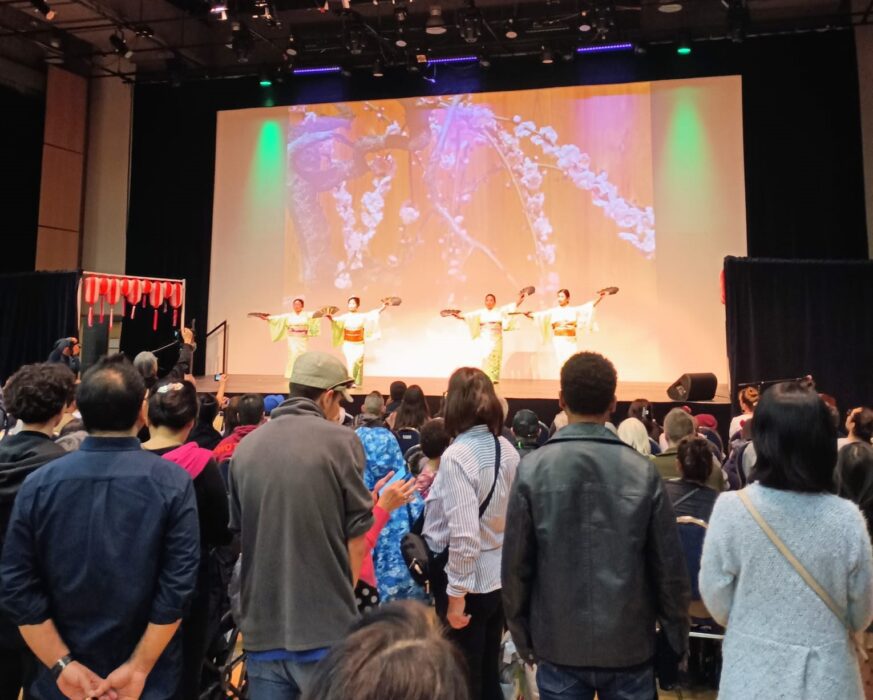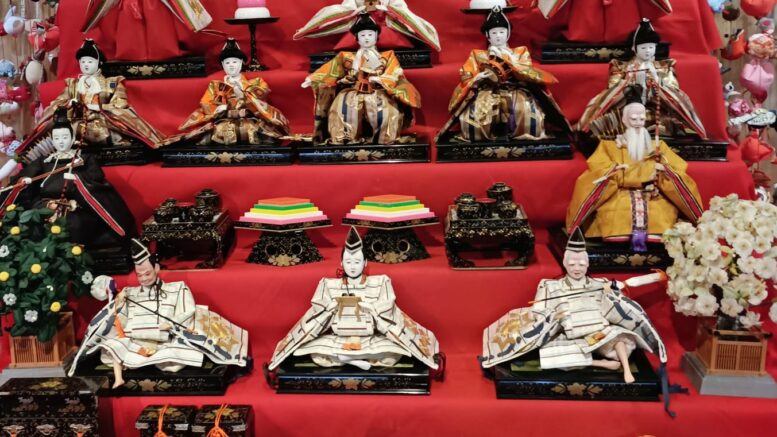Spring came early to Wynford Drive as the Japanese Canadian Cultural Centre welcomed visitors for its Haru Matsuri festival.
The purpose of the spring festival is to invoke blessings and to ensure a plentiful crop. The JCCC’s festival took place on March 2 and 3, gave attendees the chance to participate in traditional Japanese activities, such as ikebana (flower arranging), bunka shishu (embroidery), and sumi-e (brush painting).
“Japan is across the ocean, so this centre helps us feel closer to Japan. This centre promotes our culture by helping people understand it better,” said Jonathan Suzuki, a volunteer. “It was built 60 years ago. It allows Canadians to feel how Japan is.”
There are about 18,000 people of Japanese origin now living in Toronto, according to Statista.
“When [JCCC] was built, we didn’t really have a sushi shop in every block. It was like a hidden culture,” Suzuki said.
Members of JCCC intend to make people aware of the history of Japanese-Canadians and provide people with a unique experience by showcasing Japanese culture.
The traditional drum performance and the Japanese tea ceremony were some of the main activities of the day.

“The Japanese tea ceremony is like a living embodiment of calm vibes, respect, cleanliness, and deep admiration. It’s this beautiful thing where guests get to be part of this special ritual that’s all about tradition and meaning,” said Arita Endo, organizer.
“Every little action and gesture during the ceremony is super important and packed with symbolism. After going through it, people usually come out feeling ‘zen’ and refreshed,” said Kentaro Aikawa, a visitor of the event.
A combined total of roughly 250 volunteers, vendors, and performers participate in this event every year, according to organizers.
This year, the renowned Imak dance group had the opportunity to perform on stage and were received by a large audience. Another highlight of the festival was the dance of the ‘Evening Crane’, which represents good luck and prosperity.
“I dance to celebrate. Each dance has a different meaning,” said Tracey Wakayama, an ‘Evening Crane’ dancer.

Girl’s Day
This spring festival also dedicated to celebrate Girl’s Day (Hina Matsuri), which is held on the first weekend of March.
Girl’s Day is for families who have at least one daughter, regardless of their age. It is also called the “dolls festival.” It is a ritual to pray for all the household’s children good health and prosperity, and it has become a harbinger of spring.
There were a lot of dolls showcased at the JCCC, like Hakata dolls, unglazed clay dolls produced in the city of Hakata, and Kimekomi dolls a traditional Japanese craft with 280 years of history. Girls also had the opportunity to wear kimonos, the traditional Japanese attire.
The Japanese Canadian Cultural Centre was built 60 years ago to provide exposure to Japanese culture among Canadians and create a memorial to honour the struggles of Japanese-Canadians like persecussion and discrimination during the First and Second World Wars.
Seventy five families contributed to its construction by signing the first mortgage needed to establish the JCCC. Today, the centre has become a space for all people to learn more about Japanese culture.
“A few of us started this centre, now there are thousands of us helping to grow the community,” Bob Bushida said.

